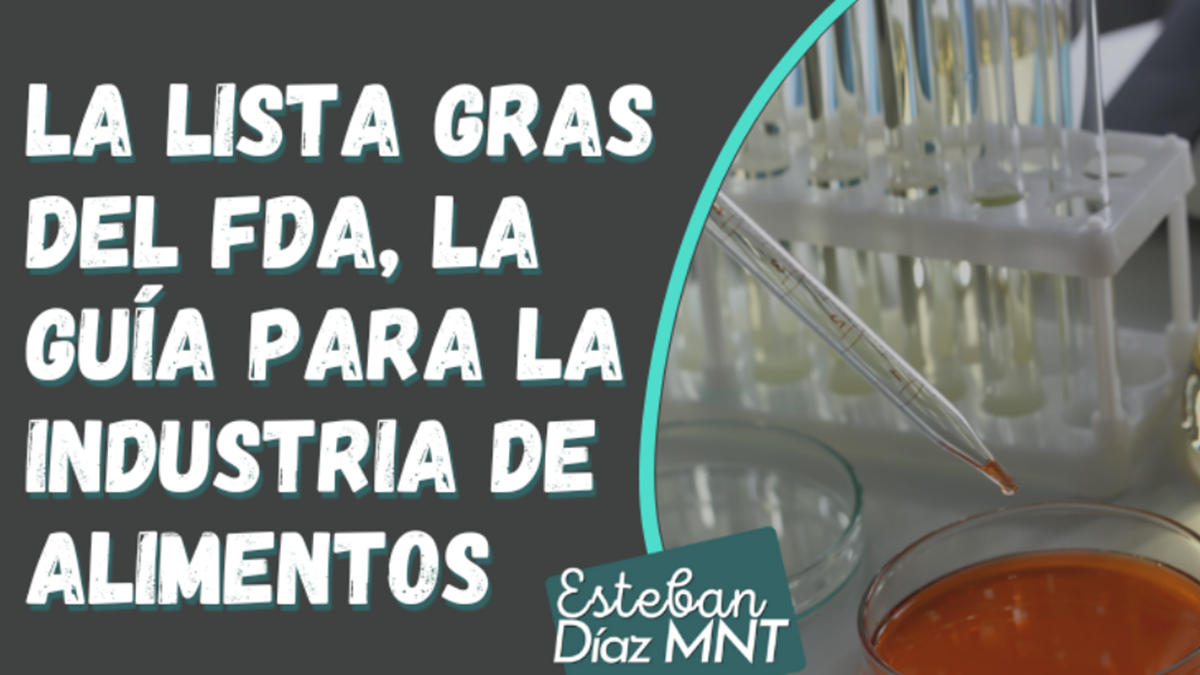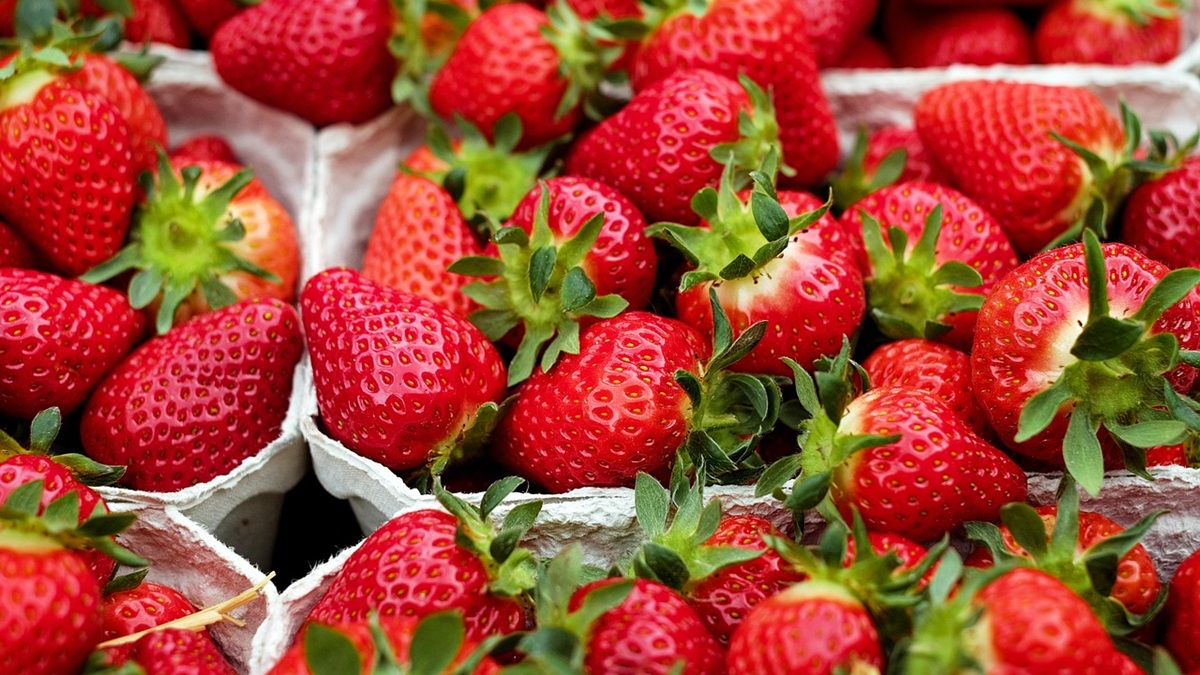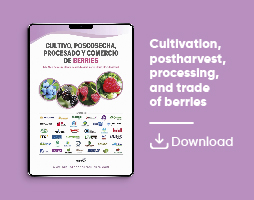Actualidad
HRW treatment maintains the quality and prolongs the shelf-life of postharvest table grapes
Hydrogen-rich water (HRW) is prepared by dissolving hydrogen in pure water, which is more convenient, safe, and stable in practical applications than hydrogen gas.
Table grapes suffer from a dramatic deterioration in quality, a reduction in shelf life and commercial value resulting from allivated postharvest respiratory metabolism and excessive energy consumption after harvest.
Grape (Vitis vinifera L.) is a fruit widely consumed around the world and is renowned for their broad application in both table meals and winemaking. With almost 80% of the global grape coming from China, this country has been the world's leading table grape producer. Table grapes hold a significant position in the grape sector because of their unique flavor profile and rich nutritional content.
Decay and wilting during storage
Due to the low efficiency of postharvest preservation technology for table grapes worldwide, such as decay and wilting during storage and transportation, their quality and economic value are greatly reduced.
These problems lead to substantial financial losses and seriously impedes the development of grape industry.
¿How to preserve the quality?
Physical, chemical, and biological approaches are the most common ways to preserve fresh fruit quality. Previous studies have indicated that using higher levels of carbon dioxide and lower temperature during storage might prove efficient in maintaining the quality of grapes, thereby prolonging their shelf life.
However, there are some challenges in maintaining a precise balance between temperature and humidity by using air conditioning and low-temperature preservation.
Radiation sterilization
Another technique is radiation sterilization, which uses rays (Y-rays, high-energy electron beams, and X-rays) and photons to eradicate fungi and pathogens on the surface of grapes. Romanazzi et al. demonstrated that irradiation treatment can effectively improve postharvest grape quality, but might have negative impacts on the fruit.
Chemical preservation
Furthermore, different chemical preservation methods, including treatment with ozone, chlorine dioxide, sulfur dioxide, and 1-methylcyclopropene (1-MCP), have also been used for fruit preservation. However, further investigation is still warranted to a completely nontoxic chemical preservative.
Biological preservation
Biological preservation technology is a novel method of fruit preservation that is both environmentally friendly and sustainable. Our previous studies have demonstrated that hypotaurine (HT), melatonin, and other therapeutic interventions can significantly enhance the antioxidant capacity of grapes to maintain their freshness and extend their shelf life.
Conventional natural preservatives require sophisticated extraction processes, increasing the overall cost of using these preservatives. Hence, research on novel postharvest preservation techniques for table grapes is warranted.
Hydrogen Rich Water treatment
Hydrogen is a colorless, tasteless, and nontoxic gas. Hydrogen-rich water (HRW) is prepared by dissolving hydrogen in pure water, which is more convenient, safe, and stable in practical applications than hydrogen gas.
In recent years, HRW has gained a lot of attention for their application in agricultural production, leading to extensive research on their effects on plant growth, productivity, and resilience to stress.
Previously, HRW treatment has been shown to regulate the levels of several phytohormones, leading to an extended shelf life of postharvest okras.
Additionally, the application of HRW treatment has demonstrated that it can effectively postpone the ripening and aging process of kiwifruit and mushrooms during storage by modulating their antioxidant defense mechanisms.
Furthermore, it has been found that HRW treatment can enhance the antioxidant capacity and energy metabolism in many fruits and vegetables, such as Gastrodia elata, okra, rose fruit and cabbage.
HRW treatment also contributes to the preservation of cell wall integrity, enhancing fruit quality, and prolonging shelf life. To our knowledge, there have been no previous reports on the regulatory effects of HRW treatment on the quality of postharvest table grapes.
To explore the effects of respiration and energy metabolism on table grapes, we used ‘Kyoho’ grapes as experimental materials and analyzed the effects of HRW on postharvest fruit quality, respiratory metabolism and related enzyme activity, NADK enzyme activity and pyridine nucleotide content, energy metabolism, as well as gene expression of enzymes related to respiratory and energy metabolism. This study aimed to provide an effective and safe approach for regulating the quality of postharvest table grapes.
Objective
In this study, effects of hydrogen-rich water (HRW) on berry quality, respiratory metabolism, and energy level were investigated by multi concentration gradient tests (0% (control), 20%, 40%, 60%, 80%, and 100%).
Methods
To achieve this goal, by measuring fruit quality, respiratory metabolism, related enzyme activities, energy status, and other related indicators, to study its impact on postharvest fruit quality and further explore the mechanism of maintaining fruit quality after harvest.
Results
Compared to the control group, samples treated with HRW exhibited higher fruit firmness, total soluble solids (TSS), and titratable acids (TA), with the most prominent effect observed after treatment with 60% HRW.
Compared with the control group, grapes treated with 60% HRW exhibited more effective regulation in the expression of GPI, AOX, SDH1, COX6a, G6DH, 6PGD, NADK, and AGPase gene, which helped maintain normal respiratory metabolism and energy levels in the fruit samples.

Figure is Fig. 1 of the original paper - The effect of HRW treatment on respiration rate in ‘Kyoho’ grapes. Control: control group, HRW: 60% HRW treatment group. Each treatment involved 6 grape clusters, (Contains three repetitions). The data represent mean ± SD. Asterisks represent significant differences (* P < 0.05, ** P < 0.01).
Conclusions
Our results showed that HRW treatment could potentially maintain the quality and prolong the shelf life of postharvest grapes by regulating gene expression and the activity of key enzymes involved in respiratory and energy metabolisms.
Hydrogen-rich water treatment maintains the quality and prolongs the shelf-life of postharvest table grapes by regulating respiratory and energy metabolisms
Main picture is Figure 6 of the paper - Effect of HRW treatment on table grapes.
Source
Hydrogen-rich water treatment maintains the quality and prolongs the shelf-life of postharvest table grapes by regulating respiratory and energy metabolisms
Peng Yu, Fangying Zheng, and Yihe Yu
yuyihe@haust.edu.cn
Sage Journals, https://journals.sagepub.com/doi/full/10.1177/18785093241289212











